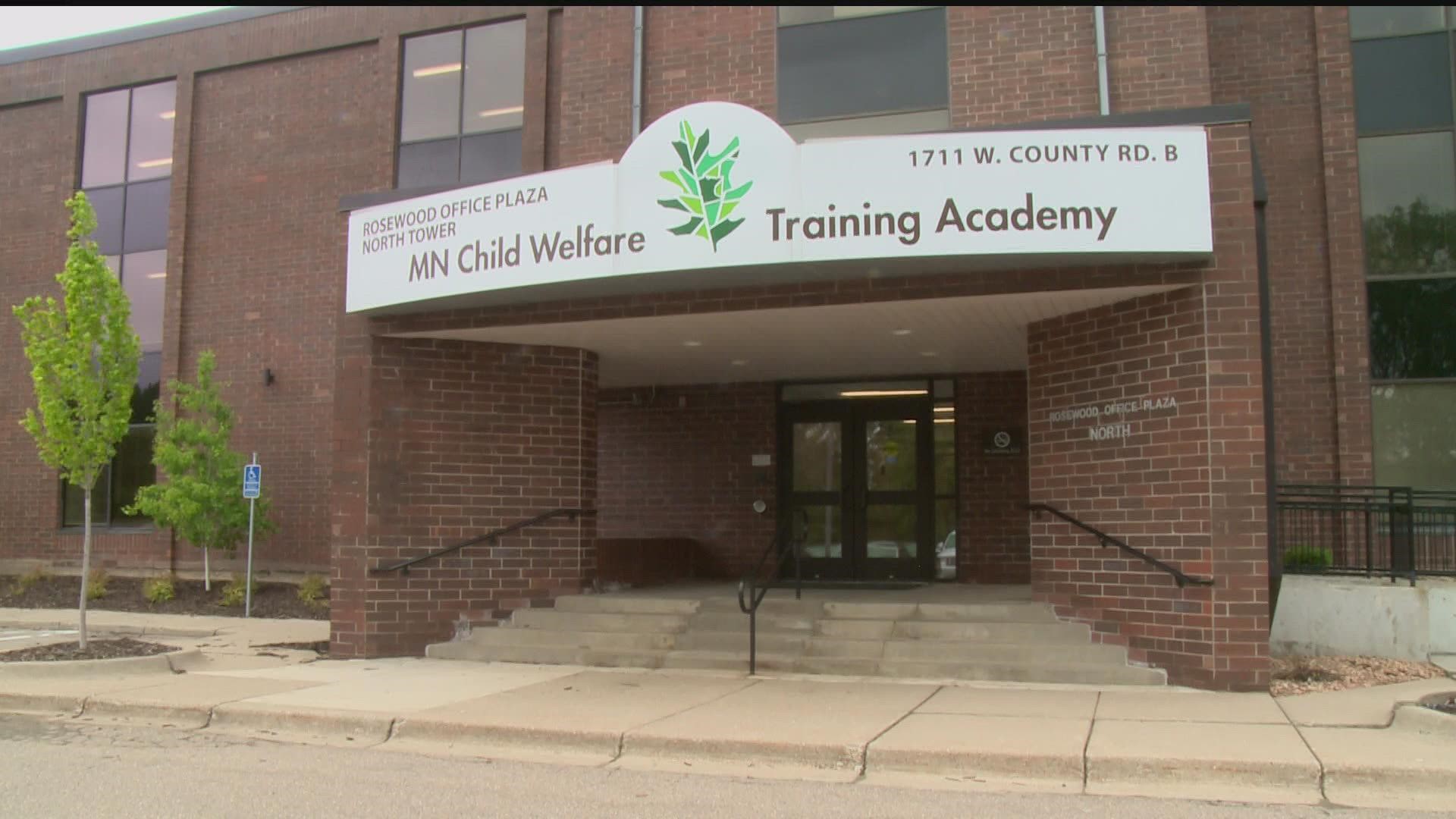ROSEVILLE, Minn. — It's been nearly a week since a little boy was found dead in the trunk of a car, allegedly murdered by his own mother.
Memorials keep growing for Eli Hart and there's a vigil Friday evening in Mound at the library.
Eli had only recently been returned to his mother after being in child protective care for more than a year.
Court documents show that despite documented concerns about Eli's mother, social services recommended closing the case and giving him back to her.
In order to better serve children like Eli, the legislature passed a bill in 2019 to develop a new child welfare training framework. It also included more than $10 million.
It's called the Minnesota Child Welfare Training Academy and the new building it's housed in just opened in April.
"It's a hard job and it's hard to sustain people in it because people that work in child protection do care deeply about kids and families," said the academy's co-director Liz Snyder. "The depth and breadth of content you have to know to be in child welfare is enormous."
Seven years ago, then Governor Mark Dayton identified ways to improve worker training after developing a task force on child protection. It was at a time of high employee turnover, coupled with more children entering the system.
"Being able to have something like the training academy allows us, when there is practice change, to have a way to be responsive to integrate new policy, best practice, evidence based practice," said Snyder.
The University of Minnesota helped design the training that's being distributed at four other hubs across the state to county and tribal welfare workers, supervisors and staff based on needs of each region.
New child welfare workers are only required to attend 14 days of foundational training within the first six months of employment.
"People come with varying levels of skill, knowledge, degrees...and the training here hopefully gives people all the pieces they need that are foundational," said Snyder.
The training uses multidisciplinary approaches and national best practices including:
• maintaining family relationships
• emphasize racial disparities
• include information on addressing implicit bias
• prevent out-of-home placement when possible
The training must also include input from caregivers, community members and professionals.
Each worker has to complete a test and skills demonstration at the end of the training. And Snyder is working on a program that also creates a credential.
She acknowledges that the work doesn't stop there — especially for the sake of Eli Hart and other vulnerable children welfare workers serve.
"Learning what you have to know in child welfare, just like in so many fields, is a career-long exercise," said Snyder. "My hope for the academy is that we allow ourselves the space to let people grieve Eli, but also then to learn how we in child protection can fill some of those gaps."
The new framework is also meant to support workers, particularly their case load.
The state recommends each worker have 10 cases and that there's a process developed to continuously monitor that and keep the number of cases in check.
Watch more local news:
Watch the latest local news from the Twin Cities in our YouTube playlist:

